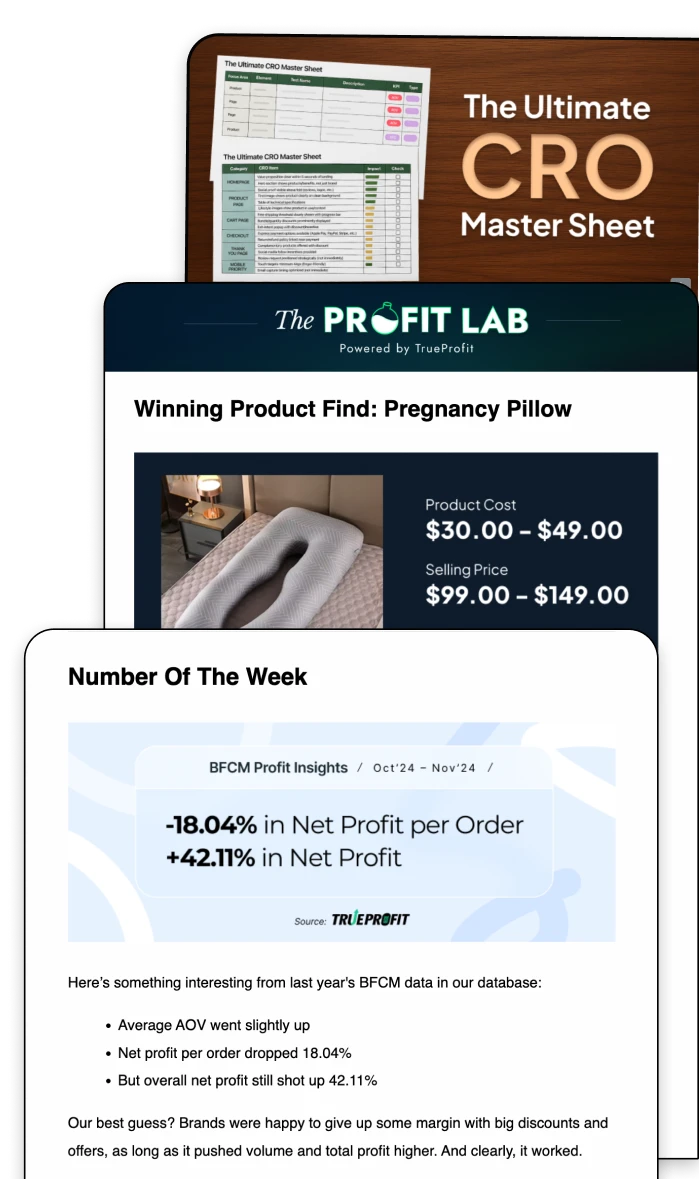How to Start a Print on Demand Business: Step-by-Step Guide
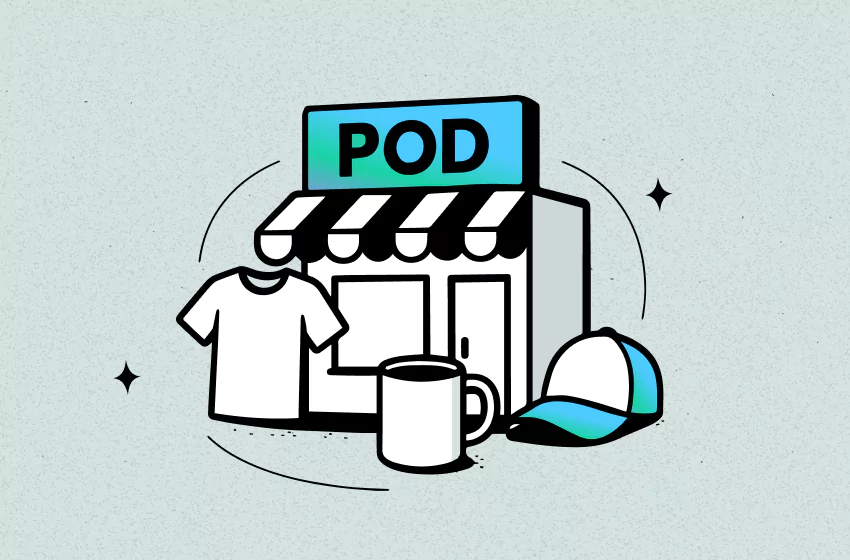
Print on Demand (POD) is a business model where products—like t-shirts, mugs, or phone cases—are only printed and created after a customer places an order. In this guide, we’ll walk you through all 8 steps on how to start a print on demand business—so you can quickly launch the store and test product ideas this year.
What is Print on Demand Business
Print on Demand (POD) is a business model where products are only printed and created after a customer places an order. Unlike traditional retail, you don’t keep any inventory or pay upfront for stock. Instead, your POD supplier handles printing, packing, and shipping each item directly to your customer.
Pros and Cons of a Print-on-Demand Business
We want to confirm this first: Print on Demand (POD) is still profitable in 2025. An average income of POD sellers can range from a few hundred dollars per month for beginners to over $100,000 annually for top earners.
Yet, like any business, print on demand has its model pros and cons:
Pros:
- Low startup cost: No need to invest in inventory upfront.
- Easy to start: Simple setup with platforms and integrations.
- Wide product variety: You can sell everything from apparel to home goods.
- Location-independent: Manage your store from anywhere.
- Scalable: Add new designs and products as you grow.
Cons:
- Lower profit margins: Because of high production and shipping fees.
- Less control: Relying on third-party suppliers for quality and shipping.
- Longer shipping times: May affect customer satisfaction.
- High competition: Popular niche markets can be saturated.
- Limited branding: Some POD services restrict custom packaging or inserts.
How to Start a Print-on-Demand Business in 8 Steps
Here’s 8 steps to start your POD business in 2025:
1. Pick a Niche
A niche is a segment of a larger market in which sellers target a specific group of customers. For example, a niche of T-shirts might be “T-shirts for yoga moms”, “gyming T-shirts”, or “T-shirts for gardeners”.
A niche is good when it is:
- High profit margin (range between 30% to 50%)
- Low-competitive
- Specific enough to stand out
- Broad enough to have its market
2. Pick Products to Sell
Next, decide which products you want to offer. Here’re 10 best POD products to start in 2025, according to Shopify:
- Unisex t-shirts
- Personalized baby clothing
- Mugs
- All-over-print hoodies
- All-over-print yoga pants
- Engraved jewelry
- Posters
- Champion hoodies
- Tote bags
- Belt bags

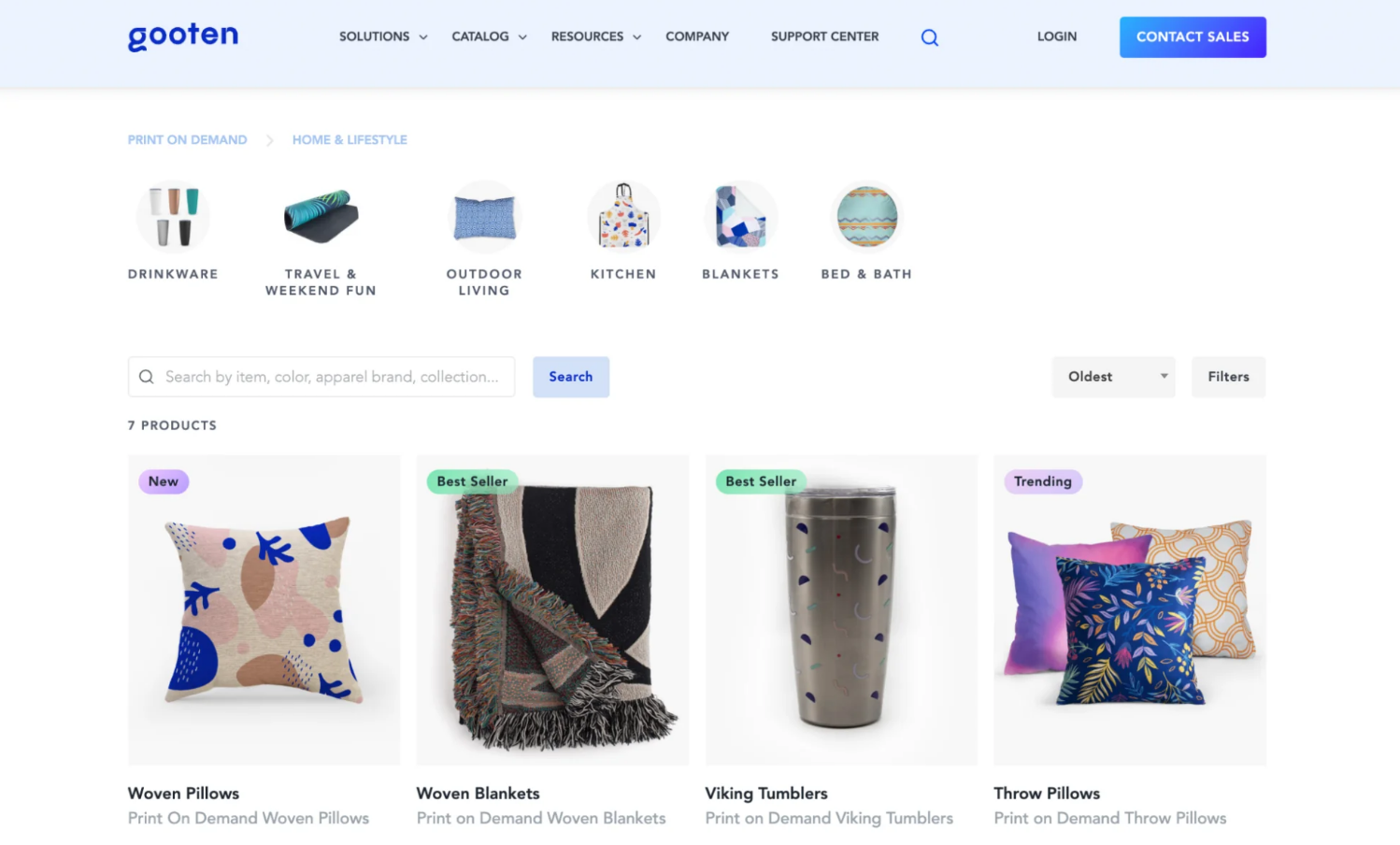
For those looking for a POD winning product, make sure you heard from Harry Chu, founder of TrueProfit first: “The best product in POD is one that can sell well and generate profit. Anything outside of that is just noise”.
That said, you never know the winning product upfront. POD sellers generally start with potential products that check three key boxes:
- Again, high profit margin product (range from 20% to 50%)
- Consistent market demand (Check it through Google Trend, social media platforms, etc)
- Printing method compatibility (If leather wallet was your pick, I’m just gonna be silent on this one).
What’s next they do?
3. Create Designs
In POD, the product itself is usually a blank item—so your design is one of the keys to boosting your POD sales. You can create your own designs using tools like Canva or Adobe Illustrator, or hire freelance designers on platforms like Fiverr or Upwork. No matter what methods you choose, you should keep in mind that:
- Designs on your screen might look different when printed
- Each product has specific printable zones and size limits.
- Low-res images can become pixelated or blurry when printed
- A design that looks great on a screen printed t-shirt might not work well on a mug or phone case.

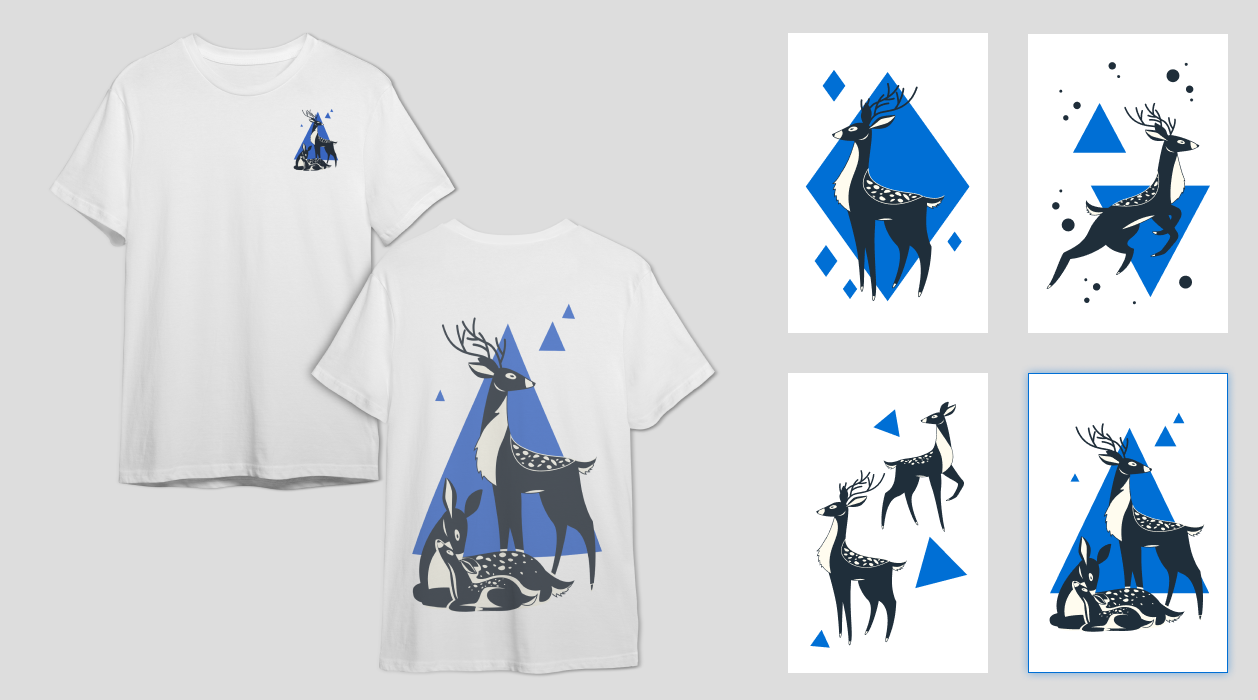
Now, you have a classic ceramic mug that’s already rocking your design loud. Let’s go with step 4.
4. Pick Selling Channel
Amazon Merch and Redbubble stand out as the best POD selling site. Between the two, we recommended Amazon as a little better option due to its largest online retailer with millions of daily shoppers.
You can also create your own online store using Shopify, WooCommerce, or BigCommerce. Each platform has its pros and cons, so pick the one that suits your budget, tech skills, and audience.
5. Pick Fulfillment Partner
Your fulfillment partner is the print-on-demand supplier who prints and ships orders directly to your customers. Popular POD suppliers include:
- Printful is best for high-quality products and global fulfillment.
- Printify is best for affordable prices and supplier flexibility.
- Teelaunch is best for unique, niche product options.
- Gooten is best for automated order management and variety.
- SPOD is best for fast production and easy customization.
6. Build Up Store
Popular options for POD include Shopify, WooCommerce (on WordPress), BigCommerce, Wix, and Squarespace. But we recommend Shopify top 1 choice for its ease of use and full POD app integrations.
Here’s how to build a print-on-demand store on Shopify:
Step 1: Go to shopify.com and sign up for a free trial. Enter your email, create a password, and name your store.
Step 2: Choose a Theme and Customize Your Store. In your Shopify dashboard, go to Online Store > Themes. Pick a free or paid theme that fits your brand style (clean and simple themes often work best). Customize colors, fonts, logo, and homepage layout under Customize.
Step 3: Visit the Shopify App Store and search for popular POD apps like Printful, Printify, Teelaunch, or others you prefer. Install your chosen POD app(s) and create an account inside the app.
Step 4: Use the POD app’s design tools to upload your artwork and create products (t-shirts, mugs, hoodies, etc.) Once happy with the design and product details, push the products directly to your Shopify store from the app.
Step 5: Go to Settings > Payments in Shopify. Enable payment gateways like Shopify Payments (credit cards), PayPal, and others to accept customer payments.
Step 6: In Settings > Shipping and delivery, set your shipping zones and rates. Most POD apps handle fulfillment and shipping, but you can customize shipping rates for customers.
Step 7: Create important pages like About Us, Contact, Shipping Policy, Return Policy, and Privacy Policy. Go to Online Store > Pages to add and customize these pages.
Step 8: When you’re ready, remove password protection under Online Store > Preferences so customers can visit your site.
7. Set Selling Price
The difference between your selling price and total costs is your net profit—making pricing the big key to your profitability. In this case, you can look at profit margin as a benchmark. It’s the profit as percentage after excluding POD COGS (cost of goods sold) from total sales. It’s a key benchmark for evaluating pricing because it shows how much profit you make relative to the product’s selling price.
For POD, a profit margin of 30-50% is often considered healthy, but higher margins (60%+) are possible with strong branding and pricing power.
8. Promote Store and Products
Finally, promote your store and products to reach your target audience. Use social media marketing, influencer collaborations, email campaigns, SEO, and paid ads to drive traffic. Share engaging content around your niche to build a community and trust.
Print on Demand is a promising business idea in 2025—starting and growing a POD store is also more accessible with automation apps built for each step of the way.
You have:
- Shopify — Best for building and customizing your online POD store
- Printful — Best for high-quality product fulfillment
- Printify — Best for affordable product sourcing
- Canva — Best for creating easy and professional POD designs
- Etsy — Best for handmade and unique POD products.
- TrueProfit — Best for real-time net profit tracking that includes all costs like product, shipping, fees, and ads.
Using these apps together lets you automate most of your POD workflow—making your 2025 POD journey smoother and more profitable.
Lila Le is the Marketing Manager at TrueProfit, with a deep understanding of the Shopify ecosystem and a proven track record in dropshipping. She combines hands-on selling experience with marketing expertise to help Shopify merchants scale smarter—through clear positioning, profit-first strategies, and high-converting campaigns.

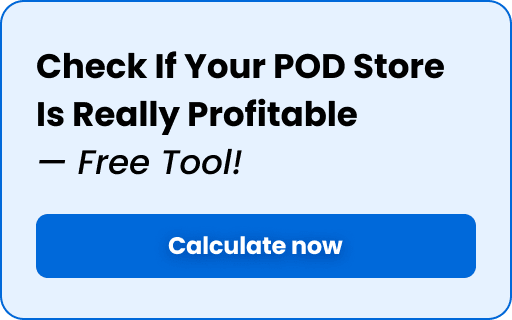

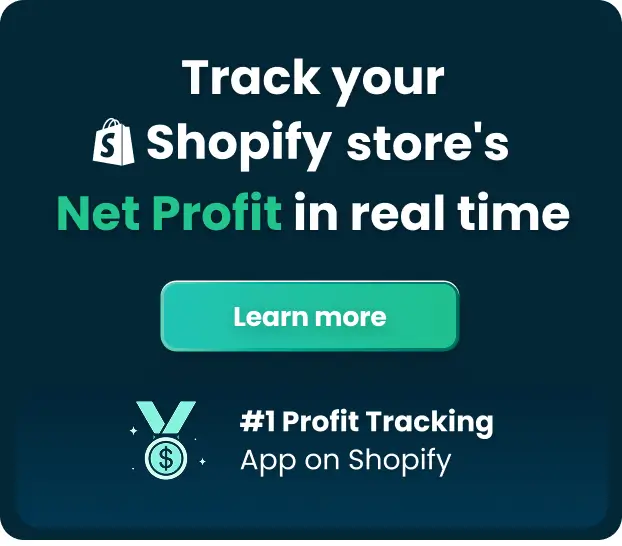
 Shopify profits
Shopify profits